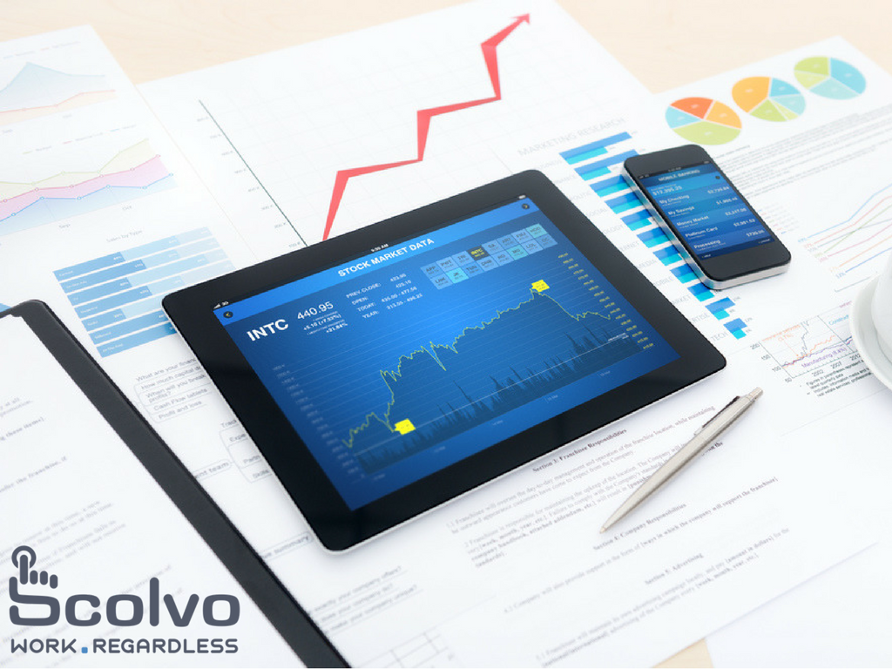[spb_text_block animation=”none” animation_delay=”0″ simplified_controls=”yes” custom_css_percentage=”no” padding_vertical=”0″ padding_horizontal=”0″ margin_vertical=”0″ custom_css=”margin-top: 0px;margin-bottom: 0px;” border_size=”0″ border_styling_global=”default” width=”1/1″ el_position=”first last”]
Financial services companies are constantly haunted by the competition but it has been proved that new, innovative solutions, such as mobilization, are able to keep them in the game. Still, it’s not a cheap bet, so smart budgeting is essential.
[/spb_text_block] [spb_image image=”17659″ image_size=”full” frame=”noframe” caption_pos=”hover” remove_rounded=”yes” fullwidth=”no” overflow_mode=”none” link_target=”_self” lightbox=”no” intro_animation=”none” animation_delay=”200″ width=”1/1″ el_position=”first last”] [spb_text_block animation=”none” animation_delay=”0″ simplified_controls=”yes” custom_css_percentage=”no” padding_vertical=”0″ padding_horizontal=”0″ margin_vertical=”0″ custom_css=”margin-top: 0px;margin-bottom: 0px;” border_size=”0″ border_styling_global=”default” width=”1/1″ el_position=”first last”]
Through the following examples, we show you how to build strong commitment by the smart allocation of resources, in order to achieve success in the banking sales department.
Changing the perspective
Imagine your firm, a financial services company, has a digital transformation strategy in place and, as a part of it, a mobilization project for the whole workforce. Your task as the sales department head, will have to work on translating your own team’s corporate workflows to a targeted app on a mobile device. You will have specific needs, though, in terms of devices, mobile and desktop applications. How do you make sure you’ll get a fair share of the budget while not asking too much of an already huge financial commitment?
Media reports that giant global corporations easily spend billions of dollars on digital transformation projects. At the same time, Gartner’s recent forecast on IT spendings had an interesting statement: they claimed that while it was clear that companies would keep on spending on digital devices and IT services, the political and economic uncertainties would restrain them from spending as much as previously thought. The device budgets remain flat at $USD 589 and the services budgets will only grow by 4.2% this year.
To better achieve your mid- and long-term goals, try opting for a fixed percentage of the total technology budget: your actual spending on the different elements of the mix will depend on the developments in other areas, such as the back office, the data security and management, and the likes. One global firm was not afraid to allocate 30% of its total technology budget to mobility and collaboration projects, affecting 100,000 employees, and changed the entire ballgame with solutions like intuitive mobile dashboards and work chats.
Getting the C-suite on board
The strategy of your company focuses on eradicating inefficiencies in operations by giving people consumer-like technologies to work with. In practice, it means creating a BYOD-policy completed with the development of easy-to-use enterprise mobile applications.
While it’s not hard to see how such mobilization would benefit the sales team in their field work and would result in improved figures, the fact it is not an isolated project makes more room to negotiate the department budgets.
Be part of something big: when C-level executives are convinced to digitalize the enterprise and allocate the necessary budgets, it will be a large-scale opportunity for the sales department to up the game with more innovative solutions. One way to do that is link every line of the department budget back to the corporate strategy. Spending on a top enterprise mobility management tool ensures the most secure operations for the field team. Or, the high customer engagement, resulting from the increased responsiveness, validates the costs of a disruptive mobile application.
Securing a quick win
When breaking the down the costs of your project, it is useful to keep in mind that, although making the switch to digital and mobile is at least a few years’ investment, there are possibilities to ease the risk anxiety by securing a quick win.
Carefully examine the usual elements of a mobile plan: it is quite rare to spend equally on new hardware purchases, consultancy, mobility management and collaboration tools. Some of these areas will stand out either with their lower costs or by providing a quicker or higher return.
In our example, cutting device acquisition costs will not be a highlight since the strategy already builds on employees bringing their own devices to work. Consequently, you will not be able to save much on management tools, either. But if you can make these tools work sooner? That would be your win on the ROI-side and the more chances you get to have your budget approved.
Scoop the market for ready-to-use software solutions that are most likely to fit your operational workflows. Individual development not only costs more but also takes more time, and these sacrifices are seldom justified in use. You can also find sales-specific, ready-to-use applications that can even be customized, but not to the extent where it actually slows down the processes instead of accelerating them.
You can also focus on the savings side: sales can be especially strong in saving on paper costs when digitalizing its processes or cutting down on down times when mobilizing the field team. Also, If you make a good software choice as seen above, that means your team can use them from day one, saving on training costs as well.
Enjoy simplicity and ease of use and make your employees more productive in a days – Request a demo
[/spb_text_block]




